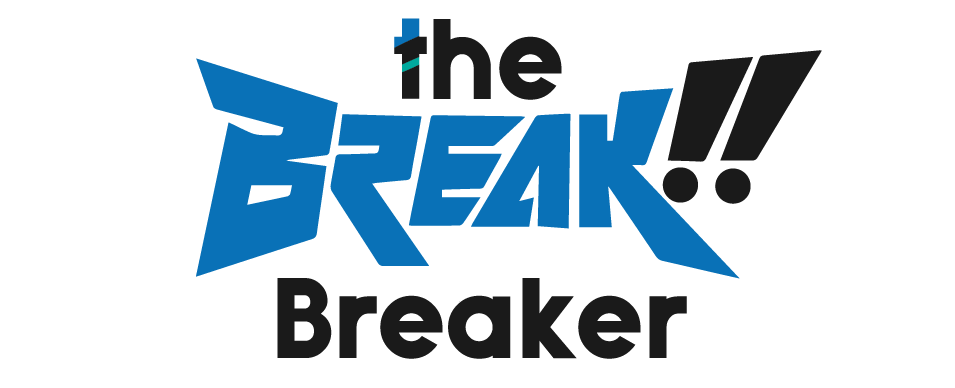
SHOULDER PRESS: MUSCLES WORKED, BENEFITS, AND TECHNIQUE
The shoulder press is a foundational exercise in strength training, renowned for its ability to build robust, powerful shoulders. Whether you’re lifting dumbbells, a barbell, or using a machine, this exercise should be a staple in your workout routine. In this blog, we’ll explore the muscles worked, the benefits, and the proper technique to ensure you’re performing the shoulder press effectively and safely.
Muscles Worked
The shoulder press primarily targets the following muscles:
- Deltoids:
When performing a shoulder push, the primary muscles used are the deltoids. In this muscle group, there are three heads.
- Anterior Deltoid: Located at the front of the shoulder, it’s highly activated during the press.
- Lateral Deltoid: Found on the side of the shoulder, it helps in the lifting motion.
- Posterior Deltoid: Located at the back of the shoulder, it stabilizes the shoulder joint.
- Trapezius:
The upper part of the trapezius, located between the neck and the shoulder, helps stabilize the shoulder girdle during the press.
- Triceps Brachii:
Located at the back of the upper arm, the triceps assist in extending the elbow during the upward phase of the press.
- Serratus Anterior:
This muscle, found on the side of the chest, plays a role in the movement of the shoulder blade.
- Core Muscles:
Engaging your core is crucial for maintaining stability and proper form throughout the exercise. The rectus abdominis, obliques, and lower back muscles all contribute to stabilizing your torso.
Benefits
Incorporating the shoulder press into your workout routine offers numerous benefits:
- Strength and Muscle Development
- Improved Shoulder Stability
- Enhanced Functional Strength
- Increased Metabolic Rate
- Better Posture
Technique
Proper technique is crucial to maximize the benefits and minimize the risk of injury when performing the shoulder press. Here’s a step-by-step guide:
Dumbbell Shoulder Press:
Starting Position:
Place your feet shoulder-width apart and sit on a bench with back support. – With your hands pointing forward, hold a dumbbell at shoulder height in each hand. You should have a 90-degree bend in your elbows.
Pressing the Weights:
- To stabilize your torso, engage your core.
Make sure your arms are fully stretched but not locked out by pressing the dumbbells overhead. - During the entire exercise, maintain the weights in line with your ears.
Lowering the Weights:
- Slowly lower the dumbbells back to the starting position with control.
- Ensure your elbows remain slightly forward and don’t flare out to the sides excessively.
Breathing:
Breathe in as you let the weights drop.
As you press the weights overhead, release the air.
Barbell Shoulder Press:
Starting Position:
- Stand with your feet shoulder-width apart.
- Grip the barbell slightly wider than shoulder-width, with the bar resting on your upper chest.
Pressing the Bar:
- Engage your core and glutes for stability.
- Press the barbell overhead in a straight line, extending your arms fully.
- Avoid leaning back or arching your lower back excessively.
Lowering the Bar:
- Carefully lower the barbell to its beginning position, making sure its descent is linear.
- Throughout the exercise, maintain your elbows slightly in front of your body.
Breathing:
- Take a breath as the barbell descends.
- Release the air as you push it upwards.
A few things to remember
- To ensure appropriate form, begin with a weight that is doable. As your strength increases, progressively increase the weight.
- Make sure the barbell or weights are aligned with your ears to avoid putting undue strain on your shoulders.
- Maintain a firm core to prevent overarching of the lower back, which may result in harm.
- To optimize muscular activation, fully extend your arms without locking out your elbows.
Conclusion
The shoulder press is an effective workout for strengthening the entire upper body and developing well-defined shoulders. You may optimize the advantages of this foundational action by paying attention to appropriate technique, activating the right muscles, and avoiding common faults. Adding the shoulder press to your program can help you develop wider, more solid shoulders and increase your overall fitness level, regardless of whether you use a machine, barbell, or dumbbells.




